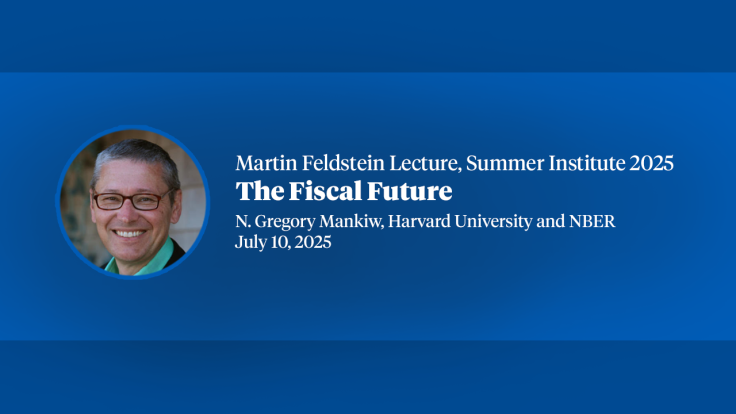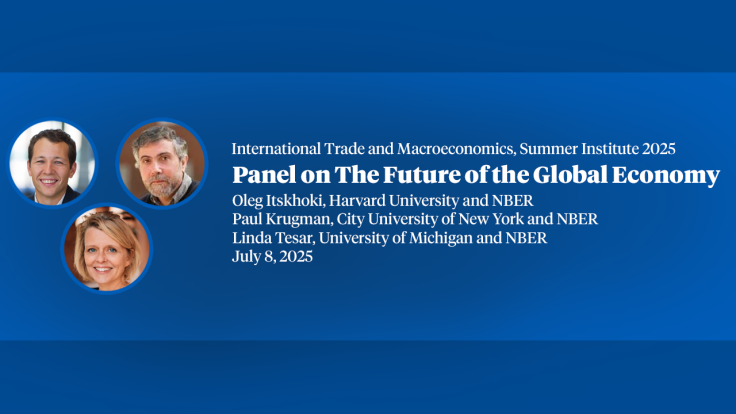Japanese and U.S. Exports and Investment as Conduits of Growth
We develop a simple model of the choice between exploiting a technology in another country via export and via direct foreign investment. The model points to the destination country's size, level of technological sophistication, and distance from the source as factors in the decision. Moreover, it suggests that the effects of these variables may not only be nonhomogeneous but nonmonotonic as well. We use the model as a basis for estimating Japanese and U.S. exports and DFI positions around the world. Consistent with the theory we find that the importance of DFI relative to exports grows with population, although, contrary to our theory, the elasticity of DFI, as well as exports, with respect to population is less than one. We find that distance tends to inhibit DFI much less than it inhibits exports, as our theory predicts. We find some tendency for Japanese exports to rise relative to DFI as countries become more advanced with U.S. exports and DFI exhibiting the opposite tendency. Taking population, per capita income, factor endowments, and distance into account, we find Japan to be more open to U.S. exports than any region in the world except East Asia.
Published Versions
Financial Deregulation and Integration in East Asia, Takatoshi Ito and Anne O. Kruger, eds., University of Chicago Press, 1996, pp. 51-72
Japanese and U.S. Exports and Investment as Conduits of Growth, Jonathan Eaton, Akiko Tamura. in Financial Deregulation and Integration in East Asia, Ito and Krueger. 1996


